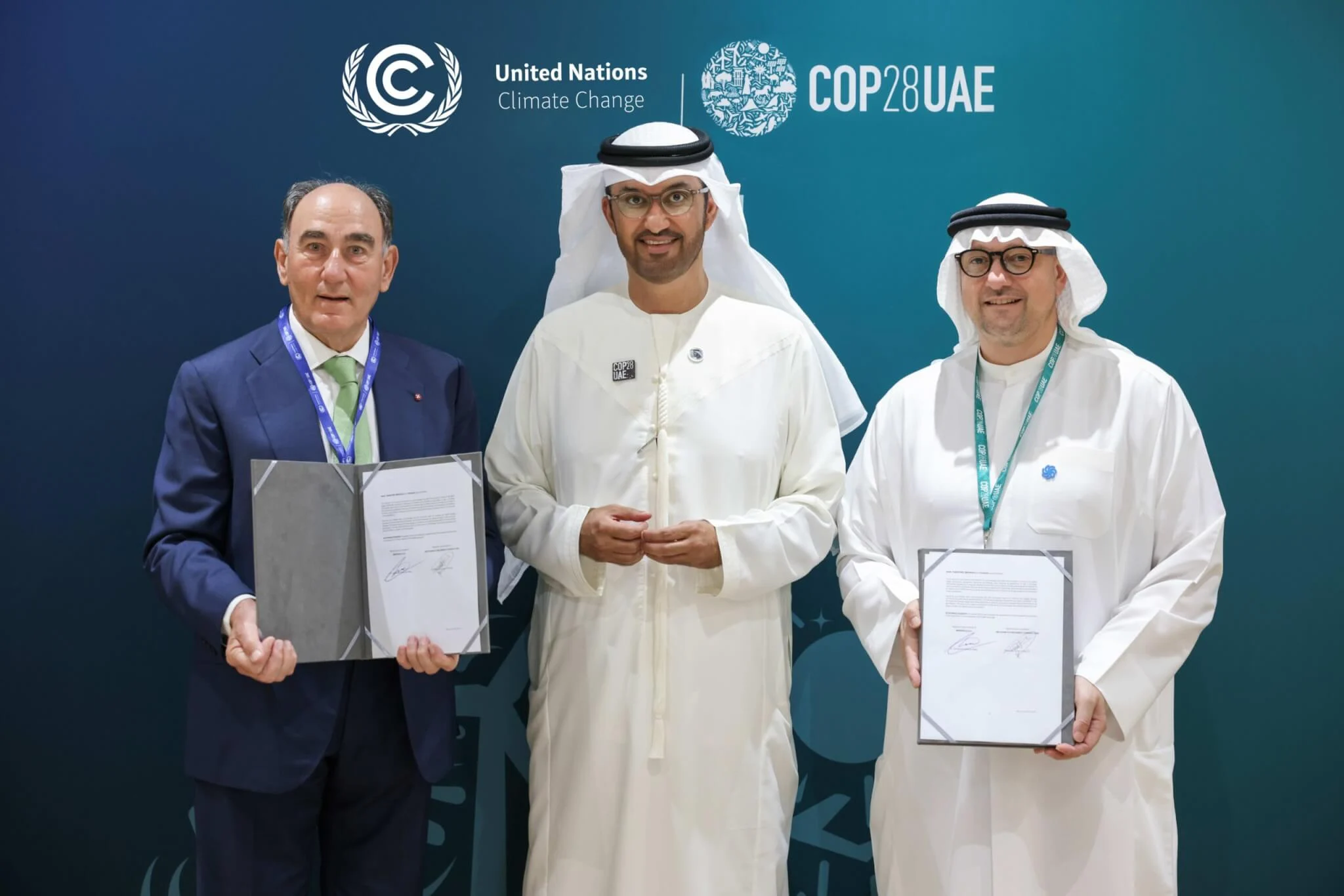MAS Highlights Market-Based Approaches as Key to Coal Transition in Asia

|
Listen to this story:
|
- Market-based approaches can drive effective coal transition by leveraging ambition, financial tools, and coordination across actors.
- Asia’s coal dependency poses unique challenges, requiring tailored solutions that prioritize energy security and social impact.
- Collaboration across governments, financial institutions, and development banks is crucial for creating scalable and just coal transition strategies.
Monetary Authority of Singapore (MAS) and the World Bank are leading efforts to accelerate the coal transition through market-based approaches. Speaking at the New York Climate Week MAS-World Bank event, Gillian Tan, Assistant Managing Director and Chief Sustainability Officer at MAS, highlighted the critical need to scale up these efforts, particularly in Asia where coal remains a dominant energy source.
Uneven Transition
Despite progress in renewable energy adoption globally, the transition is taking place unevenly:
- Advanced economies are shifting away from coal, with renewables accounting for 34% of power generation last year, while coal fell to 17%.
- In Southeast Asia, coal still constitutes over 40% of the energy mix, with renewables only contributing 25%.
“One in every seven tonnes of greenhouse gas emitted into the atmosphere comes from a coal plant in Asia. If we are serious about the climate transition, we need to get serious about Asian coal.” – Gillian Tan
Barriers to Transition
Three main challenges hinder the coal transition in Asia:
- Coal is locked in. The region’s coal plants are young (less than 15 years old) and supported by established infrastructure and long-term power purchase agreements.
- Grid bottlenecks limit renewable deployment. Grid infrastructure lags behind, curtailing renewable energy expansion. In Vietnam, for example, renewable generation is curtailed in the South, while coal-dependent northern regions face supply issues.
- Social and economic entrenchment. Coal provides reliable baseload capacity and supports 6.7 million jobs, making the transition socially and economically complex.
The “Triple A” Framework
MAS proposes a market-based approach anchored on the “Triple A” framework: Ambition, Arsenal, and Actors.
1. Ambition
Market-based approaches thrive on strong ambition loops between demand and supply. Transition credits, which are generated by retiring coal plants early and transitioning to renewables, are a potential tool.
MAS has launched the Transition Credits Coalition (TRACTION) to explore high-integrity supply of these credits and build buyer confidence.
“We are building replicable ambition loops between demand and supply at scale.” – Gillian Tan
2. Arsenal
Developing a comprehensive toolkit is key to improving the viability of coal decommissioning projects. MAS advocates for using a combination of concessional capital, blended finance, technical assistance, and carbon credits to bridge the gap.
3. Actors
Coordinated action from governments, development finance institutions, and private players is crucial. MAS’s Financing Asia’s Transition Partnership (FAST-P), launched at COP28, brings together various stakeholders to finance early coal phaseouts and promote renewable energy investments.
“We need everyone to step up decisively. Governments, development finance institutions, and financial institutions must collaborate to plug the gaps.” – Gillian Tan
Looking Ahead
Market-based approaches are no longer optional—they are necessary to transition from coal at the speed and scale required. MAS’s Triple A framework, along with initiatives like FAST-P, set the foundation for Asia’s coal transition.
“I hope you will step forward to contribute to this work and make a decisive impact on coal transition.” – Gillian Tan









